This month’s focus has been powdered milk, but I tried an unusual and economical recipe I’d like to share this week. Next week I’ll show you how to make either cottage cheese or Queso Fresco. The process is the same until the final steps.
Last week I pulled out a small recipe collection from 1931. It was a supplement to the Millennial Star, and was titled, “Word of Wisdom Menus and Recipes”. (You can find in on pages 17-38 of this pdf, or here if you want to view on a phone without downloading.)
There were some familiar-sounding recipes— Egg Toast. Lentil Soup. Cheese Toast. Macaroni and Cheese. Eggs Goldenrod. There were others I’d never heard of, let alone tried-- Rice Renown. Tomato Surprise. Haricot Beans and Parsley Sauce. Scotch Stew. Ruby Salad (beet-onion-banana-parlsey, topped with lemon vinaigrette). Walnut Roast.
It turns out that ‘haricot beans’ is an old name for regular white beans.
The walnut roast was something baked in a “buttered basin”. What was this food? So I made it for dinner, to find out. I made the Scotch stew as well, since there were several vegetables in my fridge needing used.
The stew was a fairly straightforward vegetable soup. And the walnut loaf? It was surprisingly good. My children all thought it was meatloaf and ate every last bit of it. I even told them what it really was, right off the bat. I didn’t think to take a photo of the finished loaf, but maybe I’ll remember to do it next time.
Here’s the modernized recipe, with measurements and pan sizes you’ll recognize.
Makes about a 1-pound loaf.
1 Tbsp. butter
1 tsp. flour
1/3 c. dry bread crumbs or dry oatmeal
1 cup milk
½ c. walnuts
Half an onion, or one small onion
2 eggs
½ tsp. salt
Heat the oven to 350°F. Melt the butter; add flour, crumbs, and milk. Bring to a boil. (I microwaved it for about 1 ½ minutes.) It should be about the consistency of pudding. Set aside to cool. Butter or spray a small loaf pan.* Meanwhile, mince the onion and chop the walnuts fairly small. Beat the eggs well in the measuring cup you used for milk (why dirty an extra dish?), then mix in the walnuts, onion, salt, and any extra seasoning you like. (I added ½ tsp. oregano.) Pour the milk-crumbs mixture over the top, and stir well. Scoop this into the buttered pan, and bake until set, about 40 minutes.
*Mine was baked in an 8x4” loaf pan, but was only about 2” thick when done. If you want more of a thicker loaf shape, bake this in a 6x3” loaf pan or any other 2-cup ovenproof baking dish. You could also bake this in 4-6 greased muffin cups, for individual servings of a meatless main dish.
This meaty-tasting loaf was delicious plain, and will be making it again! It would be good with a little ketchup, barbecue sauce, or with a baked-on ketchup-brown sugar glaze, or with chili sauce. Next time I want to try it with a little bit of Liquid Smoke added.
Another version of walnut roast, from 1915, uses more crumbs, less onion, one egg, and says the egg may be left out. I haven't tried it that way yet.



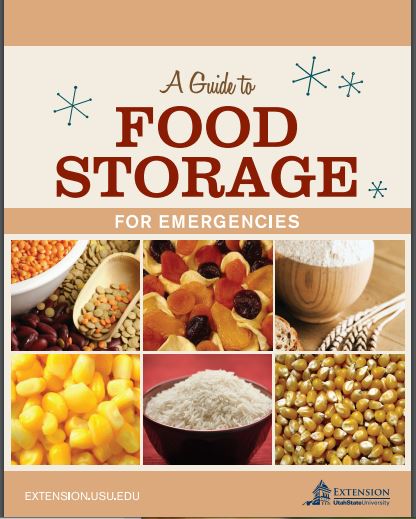
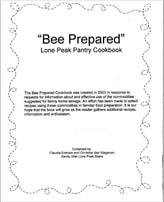
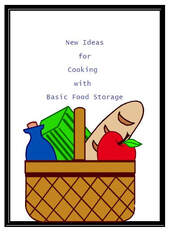
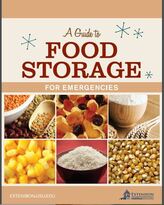
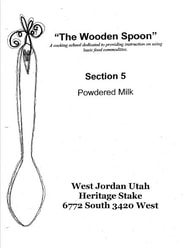
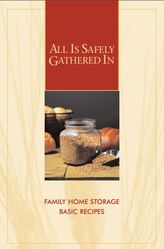
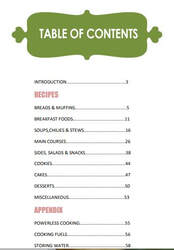
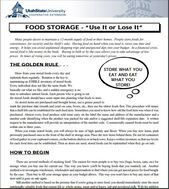
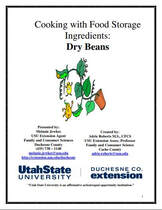
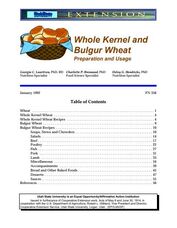
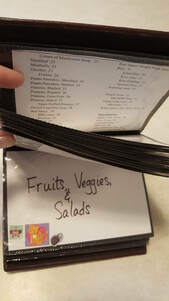
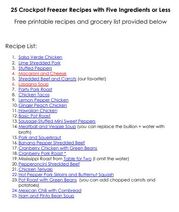
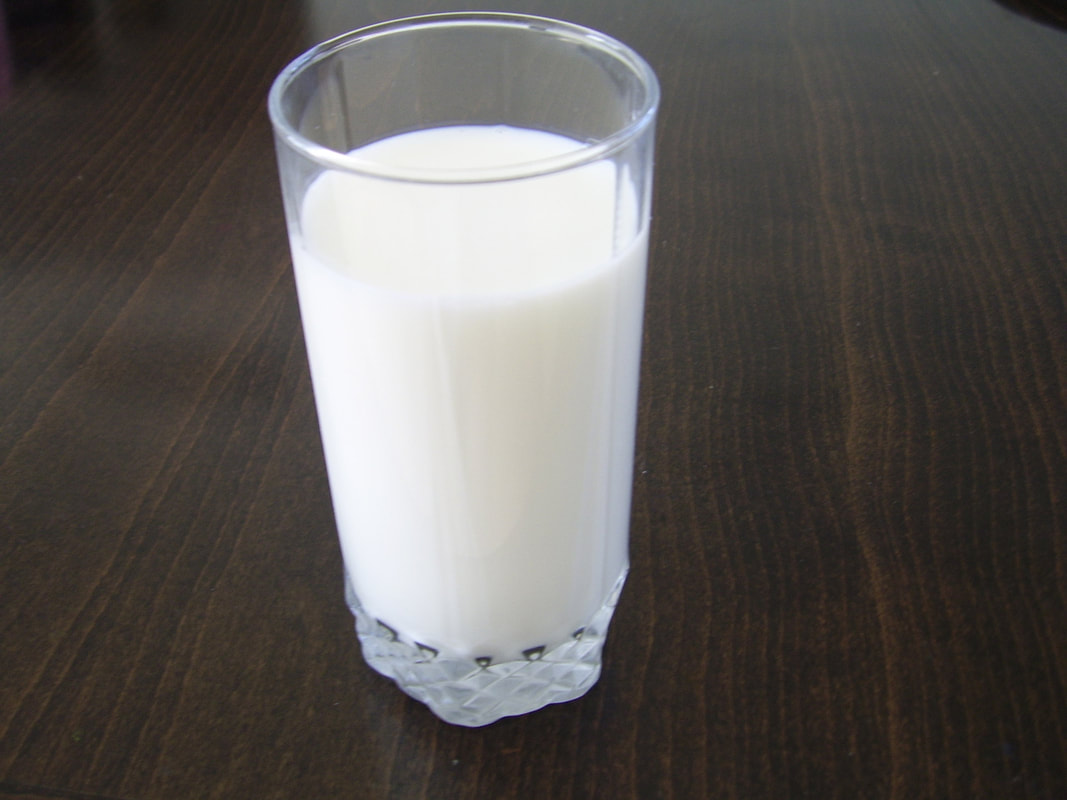
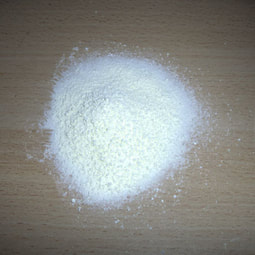
 RSS Feed
RSS Feed